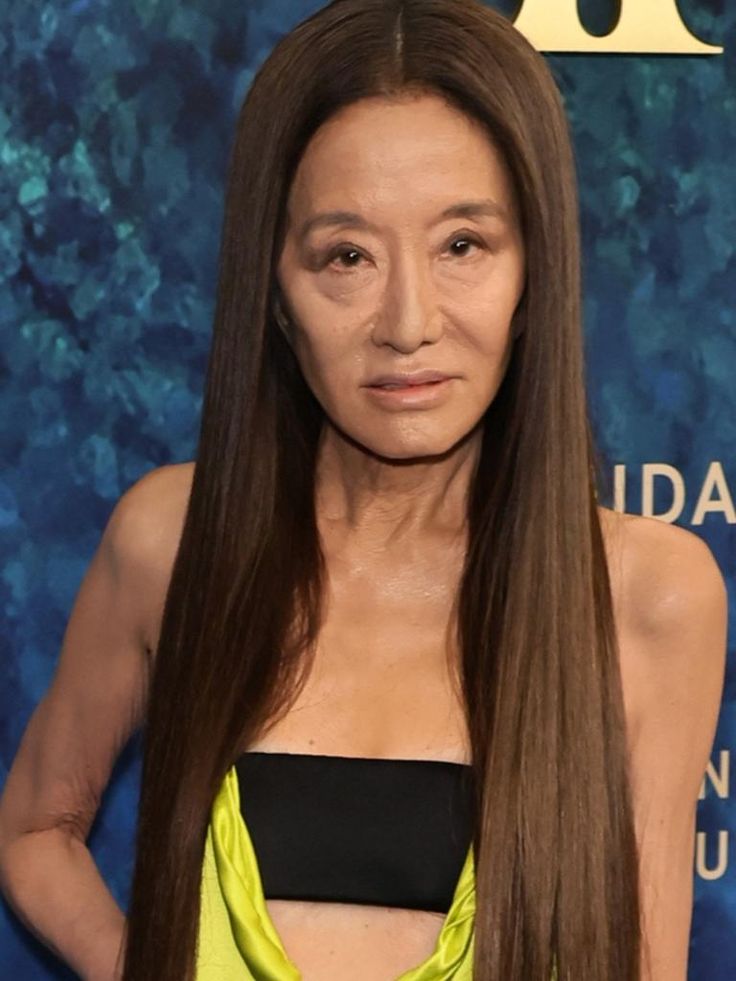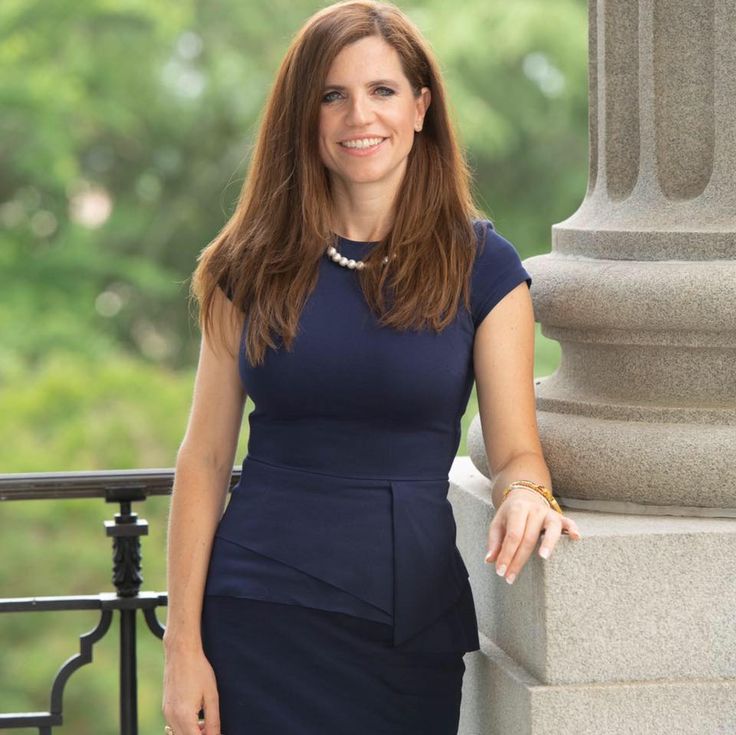“Vera Wang’s Timeless Elegance: The Art of Bridal Couture”
Vera Wang’s Journey to Bridal Couture Icon
Early Beginnings: Born in New York City in 1949, Vera Wang initially pursued a career in figure skating and then moved into the fashion world as a Vogue editor for over 15 years. Her transition to bridal design was inspired by personal experience in 1989 when, while planning her own wedding, she felt the available bridal gowns were uninspiring and too traditional. This dissatisfaction led her to design her own gowns, which laid the foundation for her eponymous brand.
Launch of bridal line: In 1990, Wang opened her first bridal boutique on Madison Avenue, bringing a fresh perspective to an industry dominated by traditional designs. Her background in high fashion, combined with her keen eye for detail, allowed her to create gowns that were both luxurious and forward-thinking, which soon established her as a pioneer.
Global influence: Today, Vera Wang is a household name, whose bridal collections are sought after by celebrities (e.g., Ariana Grande, Victoria Beckham), royalty, and brides around the world. Her brand has expanded beyond bridal wear to also include ready-to-wear, fragrances, and accessories, but her wedding gowns remain her most iconic contribution.
Defining Timeless Elegance
Core Aesthetic: The phrase “Timeless Elegance” reflects Wang’s ability to create gowns that feel timeless yet modern. Her designs strike a balance between classic romance — evoking the fairy-tale charm of weddings — and contemporary sophistication, ensuring they remain relevant for decades. This duality is achieved through clean lines, luxurious fabrics such as silk, tulle and organza, and careful attention to detail.
Signature Elements: Wang’s gowns are known for their architectural silhouettes, dramatic trains and unexpected details, such as asymmetrical hemlines, plunging necklines or subtle color variations (ivory, red or even black). These elements challenge traditional bridal norms while maintaining a sense of sophistication. For example, her 2010 collection introduced soft gray and lavender tones, redefining the definition of a wedding dress
Emotional connection: Wang’s designs resonate emotionally, allowing brides to express their individuality while embodying universal grace. Her gowns are crafted to make the wearer feel confident, beautiful, and unique, turning the wedding dress into a deeply personal statement
The Artistry of Bridal Couture
Couture Craftsmanship: Wang’s bridal couture approach involves exquisitely crafted, hand-crafted gowns. Each piece features intricate techniques, such as hand embroidery, delicate beadwork, and custom draping, which require hundreds of hours of labor. This level of craftsmanship transforms her gowns into wearable art, designed to accentuate the bride’s look and vision.
Innovation within tradition: Wang revolutionized bridal fashion by combining avant-garde elements with the formal weight of wedding dresses. He introduced minimalist designs, bold structural shapes, and non-traditional fabrics, challenging the stereotype of the huge, white wedding dress. His 2013 collection included black and white gowns, which shocked the industry but became a benchmark for bold bridal statements.
Cultural influence: Wang’s influence extends beyond fashion to popular culture. Her gowns have appeared in films such as Sex and the City and on the red carpet, earning her status as a cultural icon. Her work is also displayed in museums such as the Metropolitan Museum of Art, underscoring its artistic significance.
Broader Significance of the Topic
Redefining bridal fashion: Wang’s work has reshaped social expectations of bridal wear, moving away from uniformity and toward individuality. Her designs cater to different tastes, from minimalist brides to those seeking a dramatic, high-fashion look, making her a pioneer in inclusive bridal aesthetics.
Inspiration for designers: Aspiring designers look to Wang as a model for how to innovate in a niche market. Her ability to blend high fashion with emotional storytelling offers a lesson in balancing creativity with commercial success. Her mentoring of young designers and collaborations with brands like David’s Bridal further enhance her influence.
Universal Appeal: This theme appeals to anyone interested in fashion, weddings, or the intersection of tradition and modernity. Wang’s gowns appeal to a global audience, reflecting diverse cultural interpretations of marriage while maintaining a consistent aesthetic of elegance. Her work also promotes discussion about femininity, self-expression, and the evolving role of weddings in contemporary society.
Enduring Legacy
Industry change: Wang’s introduction of fashion-forward bridal wear has inspired countless designers to push boundaries, making the bridal industry more dynamic and creative. Her ability to anticipate trends while creating timeless pieces ensures her relevance in the ever-changing fashion landscape.
Empowering Brides: By offering gowns that reflect individuality, Wang empowers brides to define their own wedding story. Her designs celebrate personal style, whether it’s a sleek, modern sheath dress or a voluminous ballgown, making the bride the centerpiece of her story.
Constant innovation: Even after decades in the industry, Wang continues to evolve, experimenting with new silhouettes, fabrics, and concepts. His recent collections have incorporated sustainable practices and inclusive sizing, reflecting his adaptability to modern values.
Share this content:




Post Comment